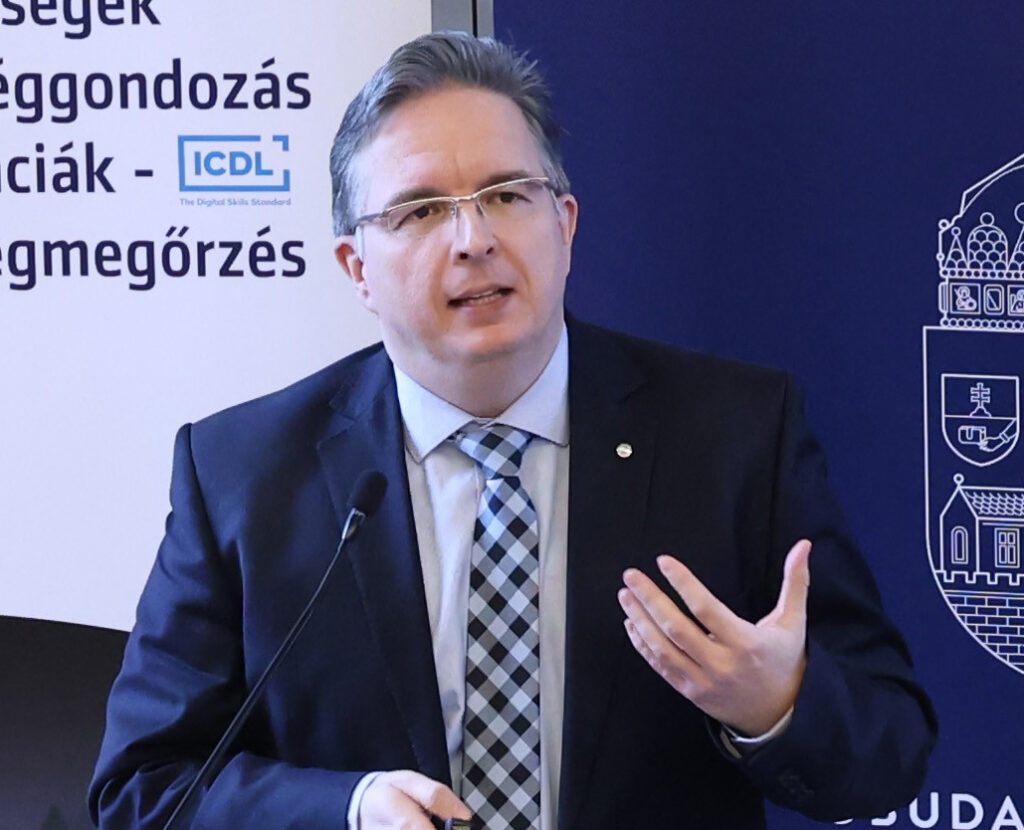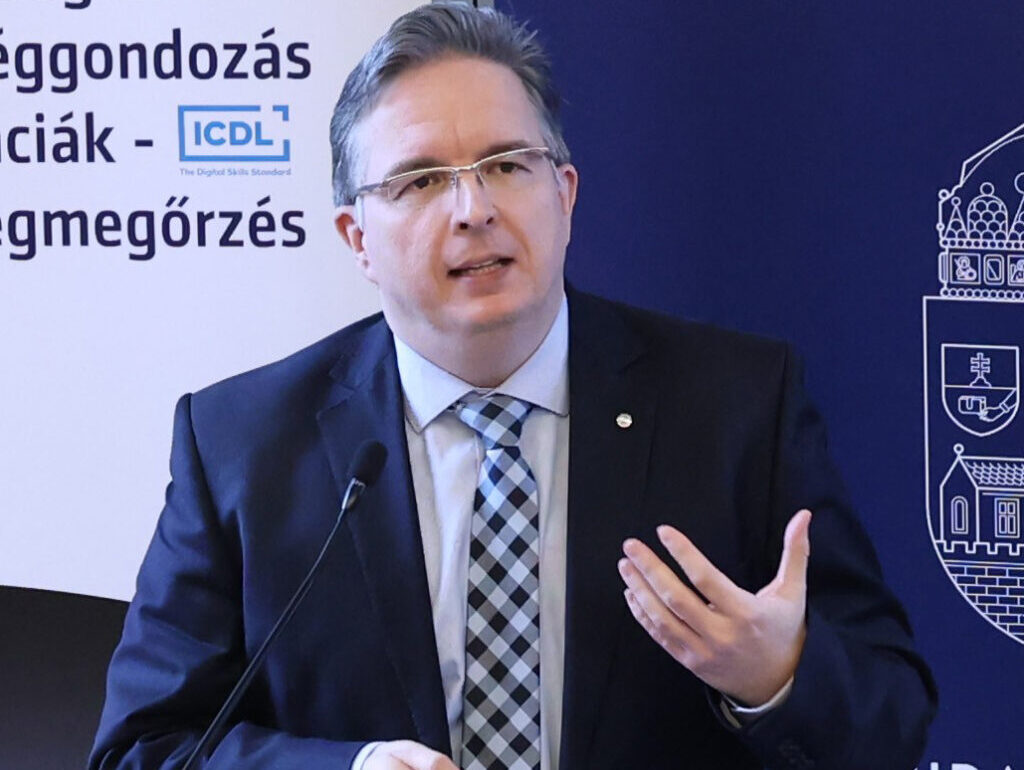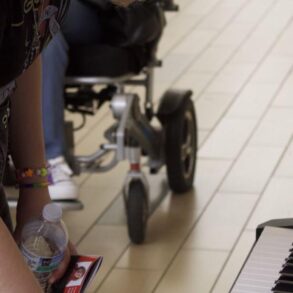Modern-day philosophers such as Yuval Noah Harari have warned, “Never summon a power you can’t control” (The Guardian, August 24, 2024). But other researchers, like György Eigner, dean of Óbuda University, say they can’t wait for AI to overtake human interventions in certain areas.
Presentations by Eigner and other scientists were recently hosted by the John von Neumann Computer Society (NJSzT) and Óbuda University during the recent Hungarian Computer Science Day in Budapest.
In his talk, Eigner shared some of the research areas and results achieved by the University Research and Innovation Center at his university. Cancer treatment can be broken down into two fields: biological therapy and chemotherapy.
Biological therapy, which was administered to the late U.S. President Jimmy Carter, has a high cost, while chemotherapy is much cheaper. It also has many side effects, but with optimization and customization, Eigner said there are opportunities for much better efficiencies.
Several experiments have shown that the protocols used until now are mostly outdated, and better results can be achieved with fewer substances administered. Laboratory mice treated with the new protocols lived much longer, for example.

Avoid Overregulation
Artificial intelligence can significantly improve medical research; the problem is that the field is overregulated in the European Union, Eigner said. Diagnostics is an area where AI could greatly help, and the United States has already approved many technologies. In the EU, things are different. There are far fewer approved AI-based diagnostic systems, and those that are allowed need tremendous documentation. Bureaucracy is a significant impediment to introducing such systems in Europe. This is counterproductive, Eigner said.
In the United States, AI is used in diagnostics so much that, in some cases, the human doctor is completely eliminated. Artificial intelligence significantly reduces false positive results, can identify problems much better based on a large number of cases and, not least, is not affected by fatigue, a bad mood, or any other human factor.
Artificial intelligence is the future of medicine and is very much awaited. So, in this area at least, we are not talking about AI anxiety so much as AI impatience, Eigner added.
But AI is not only a tool for better technological solutions, but also for scientific cooperation, Róbert Lovas, vice president of the high-performance computing department at NJSzT, said. The state-funded Hungarian Research Network (Hun-Ren) launched the AI4Science program last year to assist researchers in gaining a better understanding of AI and the opportunities it offers.
More specifically, it focuses on four areas:
Inspiration: What can AI be used for, and where is it currently applied?
Education: How should AI be used, and where can skills be developed?
Consultation: Who can be consulted regarding AI-related research ideas or planning questions?
Technology: What technologies can be used in research, both in terms of AI applications and computational capacities?
The aim is “to make researchers more efficient, to integrate them better into international cooperation and to be able to use the latest technologies,” Lovas said. The idea is not new. It has developed over several years; it was already clear by 2020 that artificial intelligence is an area that will greatly impact science.
AI Ambassadors
Such a catalyzing program needs a highly trained team that can stir and fuel a change in information regarding the opportunities given by artificial intelligence. This is done within AI4Science by a network of “ambassadors” who cover an extensive range of sciences.
However, just talking about AI is not enough on its own, so technological infrastructure is also made available for researchers, such as a machine learning environment based on GPU processors and cloud infrastructure. More than 300 research projects have been funded, and one of the successes achieved was the “Autoencoder-based architecture for parameter estimation of a tumor model” program, published last year, Lovas said.
Not everything about AI is related to science, as Ruzsa Dénes says. The computer art department at NJSzT researches digital, new media and AI art. The latter refers to creations where computers are present not just as an instrument but as an active and creative part of the artistic process.
While many are familiar with the spectacular representations of fractals, computer art is far from limited to this. It can include the visual analysis of spaces, land art creations, alterations of photographs with AI, virtual representations of persons pictured in old family photos, the use of light in sculptures and even the use of physical objects, like recycled motherboards, processors, hard disk drives or prints on textiles.
The World Relies Upon Hungarian Expertise
What are Hungary’s possibilities in a technology market so heavily dominated by the United States? “The Hungarian brain has always contributed and will always be able to contribute to global scientific development. It is not only a matter of money,” insisted Levente Kovács, the president of NJSzT.
“The Hungarian knowledge base, academic networks, scientific cooperation and research all confirm that the world relies on Hungarian expertise. So, regional or world leadership represents an advantage only in as much as they provide better infrastructure for professional development and cooperation,” he added.
This article was first published in the Budapest Business Journal print issue of February 7, 2025.
This post was originally published on this site be sure to check out more of their content








